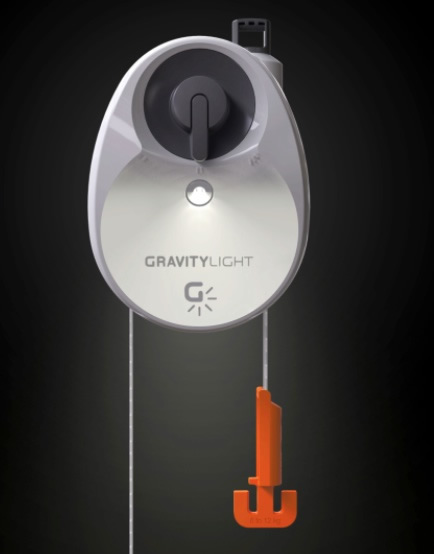Pensar que internet es (y siempre será) un medio libre es una idea genial, pero tan ingenua como decir que en el mundo no hay nadie a quien le interese controlar algo poderoso.
Sabemos que la realidad es otra, y lo que realmente está sucediendo – y que esta nota en “The Altlantic” describe de manera muy interesante- es una batalla donde varios frentes se han estado constantemente re-acomodando para saber que estrategia tomar, y ganar ese control que en plena era digital aun no está totalmente definido…
futuristgerd:
Distributed citizen groups and nimble hackers once had the edge. Now governments and corporations are catching up. Who will dominate in the decades ahead? We’re in the middle of an epic battle for power in cyberspace. via Pocket.
We’re in the middle of an epic battle for power in cyberspace. On one side are the traditional, organized, institutional powers such as governments and large multinational corporations. On the other are the distributed and nimble: grassroots movements, dissident groups, hackers, and criminals. Initially, the Internet empowered the second side. It gave them a place to coordinate and communicate efficiently, and made them seem unbeatable. But now, the more traditional institutional powers are winning, and winning big. How these two sides fare in the long term, and the fate of the rest of us who don’t fall into either group, is an open question—and one vitally important to the future of the Internet.
In the Internet’s early days, there was a lot of talk about its “natural laws”—how it would upend traditional power blocks, empower the masses, and spread freedom throughout the world. The international nature of the Internet circumvented national laws. Anonymity was easy. Censorship was impossible. Police were clueless about cybercrime. And bigger changes seemed inevitable. Digital cash would undermine national sovereignty. Citizen journalism would topple traditional media, corporate PR, and political parties. Easy digital copying would destroy the traditional movie and music industries. Web marketing would allow even the smallest companies to compete against corporate giants. It really would be a new world order.
This was a utopian vision, but some of it did come to pass. Internet marketing has transformed commerce. The entertainment industries have been transformed by things like MySpace and YouTube, and are now more open to outsiders. Mass media has changed dramatically, and some of the most influential people in the media have come from the blogging world. There are new ways to organize politically and run elections. Crowdfunding has made tens of thousands of projects possible to finance, and crowdsourcing made more types of projects possible. Facebook and Twitter really did help topple governments…
http://bit.ly/1ig7z1b
The Battle for Power on the Internet



